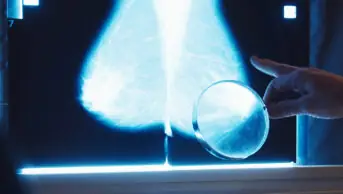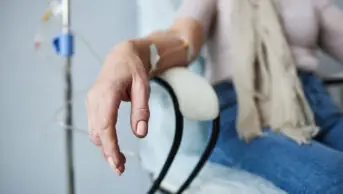It must be frustrating for pharmacists when someone comes into the pharmacy and says “I’ll wait. It won’t take you a minute” and lodges a prescription with multiple items on the counter. Surely that’s a cue to pull out a laminated chart explaining the role of the pharmacist: the clinical checks, the phone calls to doctors querying things all quietly in the background, the public health services.
There seems to be an imbalance in what pharmacists perceive what they do and what the public thinks. Perhaps a very large poster in the pharmacy may work?
Pharmacists are keen to move from a core dispensing role to providing more pharmaceutical and public health services and would like the public to join the ride. However, regardless how I feel about pharmacists’ perceived offerings, it would be helpful to know what community pharmacists actually do all day.
Well, researchers based at the UCL School of Pharmacy, London, have recorded what a pharmacist does. The study is small — 10 community pharmacies in London — which makes it hard to apply to the national scene, however, it does provide some insight.
Trained observers recorded pharmacist activities every minute (for a four-hour period) into one of 18 predefined activities. The study’s results suggest that community pharmacists spend the bulk of their time on supply-based processes, making up nearly two-fifths of their working day.
The majority of time (median 25.2%) was spent on assembling and labelling products and monitoring prescription for clinical appropriateness (10.6%), followed by “rest, waiting, and breaks” (8.6%). The pharmacists spent more time offering advice on non-prescription medicines (6.6%) compared with prescription medicines counselling (3.8%). The provision of advanced, enhanced and private services, and services to homes, made up only 3.2% of pharmacists time.
In a nutshell, 46.2% of their time was spent on activities deemed to be “professional”. The researchers conclusions are a tad pessimistic, adding that while accepting that practice change will be “evolutionary, rather than revolutionary”, at the current pace it will be “many decades” before community pharmacists’ skills are properly implemented in primary health care.
I am an optimist and want to disagree, especially considering all of the work that is in the pipeline, for instance, how pharmacists can be better used for helping patients with common ailments and longterm conditions.
It would be good to see the study replicated on a wider scale and in a few years’ time when more of the additional services that pharmacies are pitching to clinical commissioning groups are taken into account.
Remember, this study was conducted during 2011, about two years before the re-organisation of the NHS. The NHS in England has seen one of the biggest reorganisations since its creation, with major changes taken place in April 2013 about who makes decisions and who controls the budgets.
Do you find the results of the study surprising? Have you ever recorded your daily activities? We always like to hear your thoughts at The Pharmaceutical Journal.
Reference
Davies JE, Barber N, Taylor D. What do community pharmacists do?:results from a work sampling study in London. International Journal of Pharmacy Practice. 2014, No5, vol 22, pp 309-318 (October 2014)


